Features of the use of moisture-resistant insulation
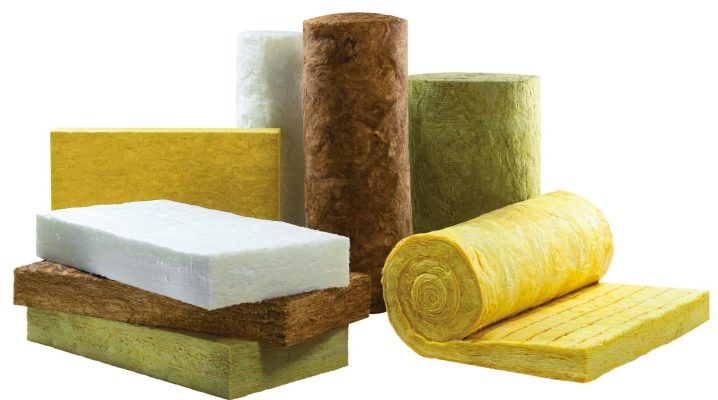
Substances that are used to insulate residential buildings often suffer from getting wet. Therefore, the attention of people deservedly attracts those products that are resistant to contact with water. But even such reliable components should be used thoughtfully and carefully, taking into account the specific features.
Peculiarities
When visiting a hardware store or a large hypermarket, people with little knowledge of the field of heaters face big problems when choosing. And even when the most suitable option is chosen, it is advisable to familiarize yourself with all its features, because often moisture resistance turns into certain disadvantages.
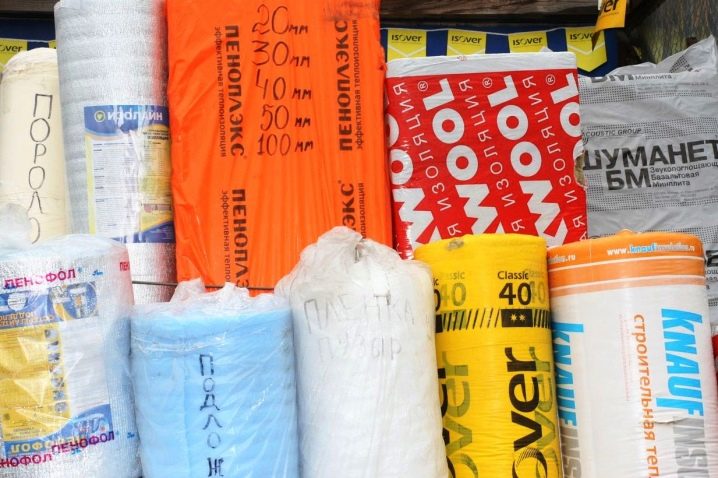
Water-resistant heaters are classified according to the following criteria:
- the level of heat retention;
- vapor permeability;
- specific gravity;
- compatibility with a variety of exterior finishes;
- safety for health and the environment;
- a tendency to ignite;
- cost (you need to think about it last).
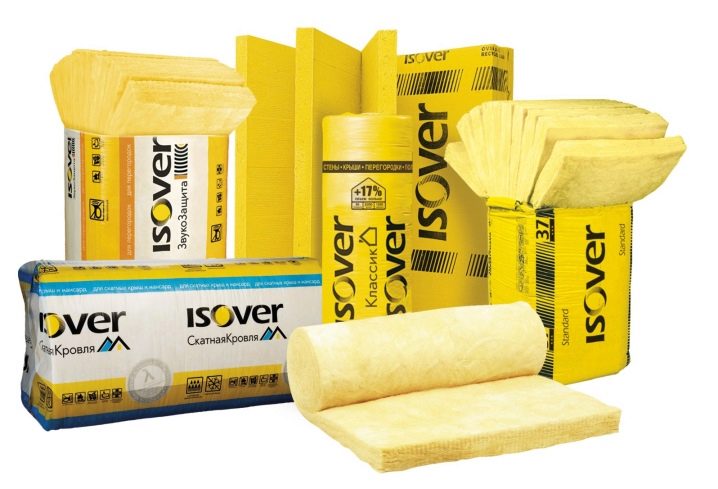
Views
When they talk about waterproof insulation, first of all, associations arise with foam. The structure of the substance guarantees complete impermeability to liquid and at the same time the lightness of the insulation blocks. But the use of foam is limited by the danger of fire, the toxicity of combustion products.
Penoplex (deep modification of foam) is excellently suited for external thermal protection and does not even require auxiliary barriers. However, the addition of fire retardants significantly reduces the environmental safety of the substance.
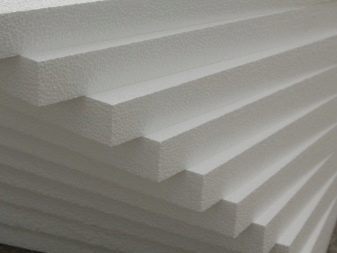
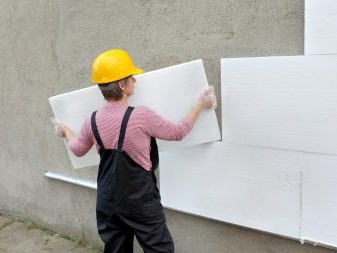
Where to use such substances and how to do it
Moisture-resistant insulation is widely used in places where there is a high risk of flooding or flooding for another reason. In such a situation, the use of mineral wool is the least promising. Even reinforced waterproofing in the form of an additional layer only partially solves the problem.
Expanded polystyrene is much more effective, it can be used in humid environments, provided it is vapor barrier. Foil and reflective wall insulation based on it are suitable for indoor use.
If you need to provide heat protection in a damp room, you should pay attention to fiberboard. Auxiliary waterproofing when using fiberboard boards will not hurt.

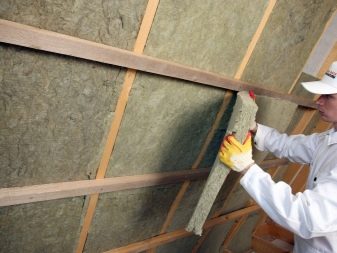
If you need the most versatile material for moisture-resistant insulation, then it is difficult to find an alternative to extruded polystyrene foam. In most cases, EPS is used to insulate the outer parts of load-bearing walls. Extruded polystyrene foam can withstand compression and weathering well.
When the foundation is insulated using EPS, it is complemented by:
- roofing material;
- bituminous mastics;
- sprayed waterproofing coatings.

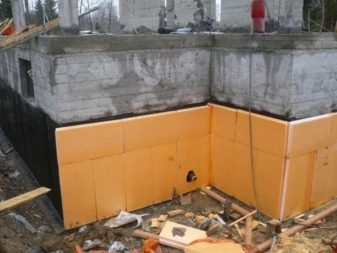
The reason is simple: even the increased resistance of polystyrene itself to moisture does not give a reason to leave the coating unprotected. After all, moisture in the earthen layer will always act on it, and inspection and prevention (for obvious reasons) are very difficult.
If EPS is used to insulate the ceiling in a damp room, you can enhance the moisture protection with external and penetrating compounds, powder treatment or paintwork. Extruded polystyrene foam is allowed even as thermal insulation for bathroom floors.
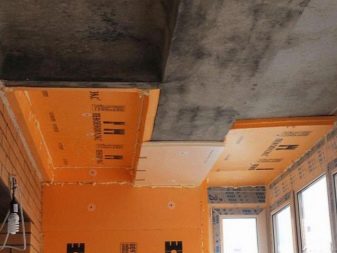
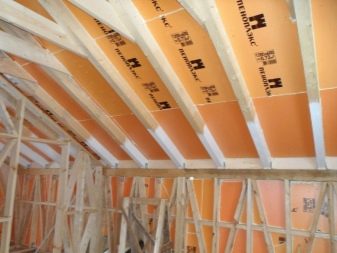
Polyfoam can also be used for thermal insulation of pipes. But in this case, you will have to reckon with its low strength and insufficient bending ability.Therefore, it will be necessary to buy ready-made industrial products made in the form of profiles for a particular type of pipe.
Much more practical is polyurethane foam, which is made in the form of panels: it is useful for thermal protection of both the pipelines themselves and the fittings serving them. Another good option is polyethylene foam, which is produced in the form of tubes that provide simple and convenient installation.
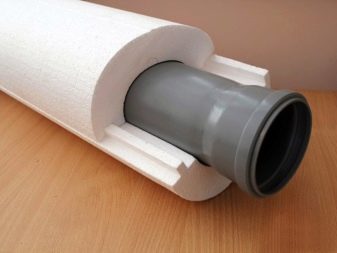
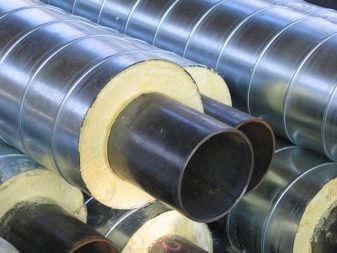
It is not recommended to use foam for insulating roof structures. Again, the scales are shifted in favor of high-quality extruded polystyrene foam.
Important: any rigid slab structure does not fit well to the required dimensions. The problem is solved by using a block that is slightly smaller than required and filling the outer gaps with polyurethane foam. It should not be assumed that EPS is a material without flaws, it also has its weaknesses.
Thus, the differences in heat retention between extruded and extruded materials are negligible.
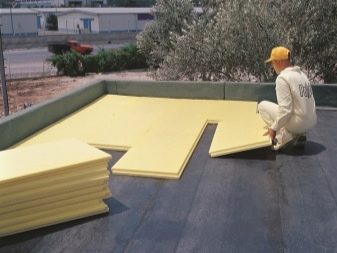
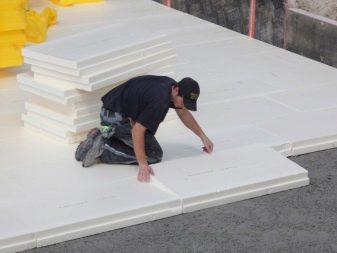
It is worth remembering that even the grades of material declared to be fire-resistant are not able to withstand fire for a long time, they can withstand its action only for a while.
Some unscrupulous manufacturers may use hazardous flame retardants, therefore, when buying insulation for residential premises, it is imperative to require quality certificates. It is undesirable to buy very cheap types of EPS, they are of low strength and are easily destroyed.
For information on the features of the use of moisture-resistant insulation, see the next video.













The comment was sent successfully.